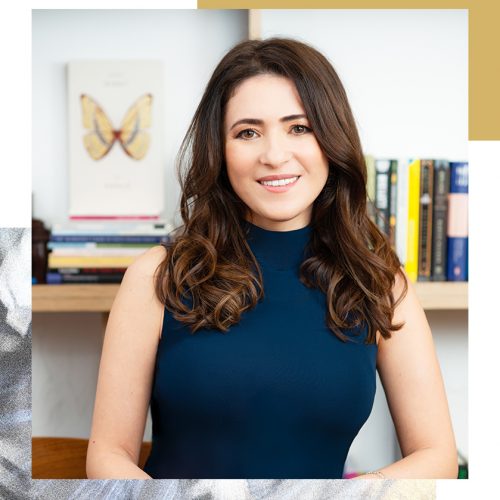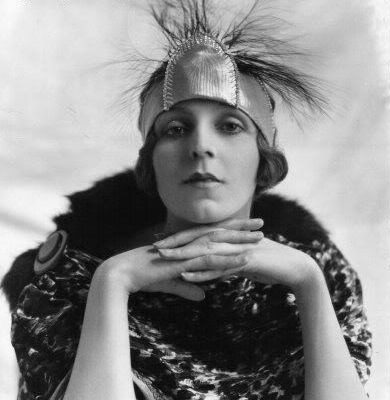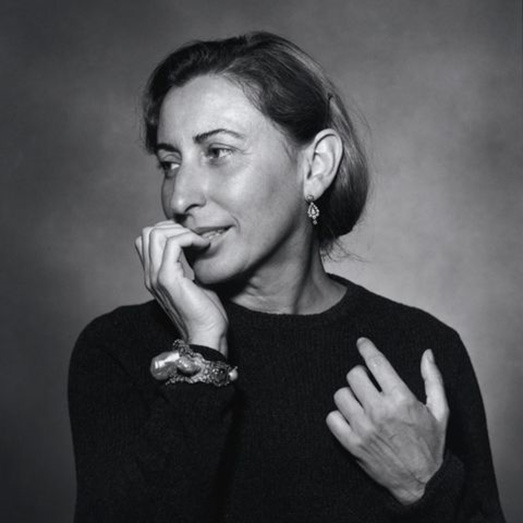Emilio Pucci
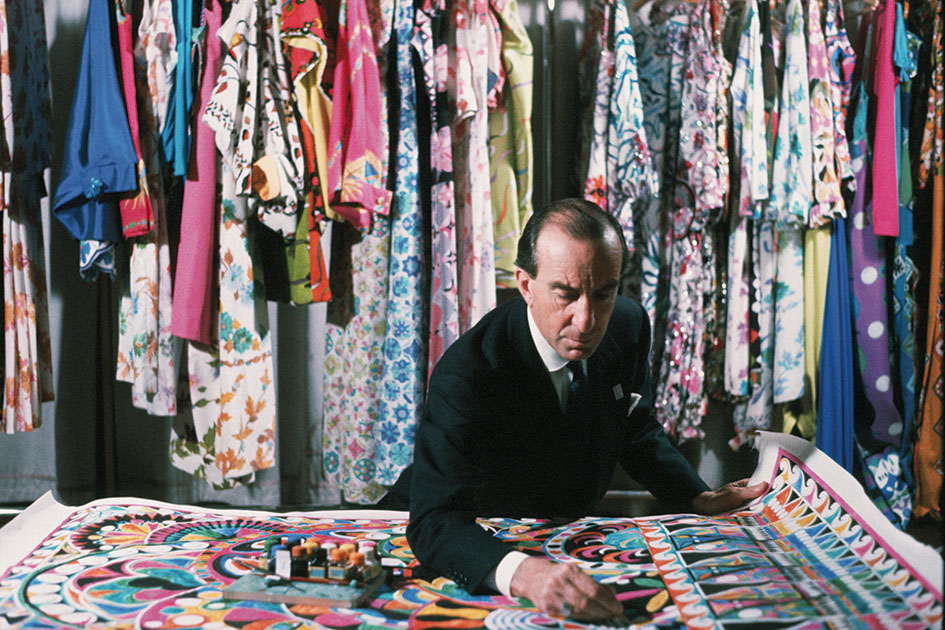
The name Pucci conjures up images of psychedelic and very distinct prints. Emilio Pucci almost fell into fashion, but this doesn’t mean, his success was accidental and by no means, overnight. He had an impeccable understanding of cultural changes that were taking place, and he knew his customers extremely well. His aristocratic background allowed him access as well knowledge of his clientele. The Italian dolce-vita lifestyle took off with Emilio Pucci and coincided with the birth of the Italian fashion industry.
Background:
Emilio Pucci was born into an aristocratic Italian family, and lived and worked in the 14th century Palazzo Pucci for most of his life. With a lineage that stretches back to the Renaissance, he had the perfect pedigree for fashion, as he would start designing for an elite clientele that jet-setted around the world.
Entrepreneurial Profile:
As Emilio Pucci himself described, he became a fashion designer and an entrepreneur almost by accident. He was skiing in Switzerland when Toni Frissell – a Harper’s Bazaar fashion photographer – liked Pucci’s ski outfit and asked to photograph it. When she discovered, it was Pucci himself who designed it, she commissioned him to design a capsule collection that appeared in the Winter 1948 issue of the magazine. The design caused an absolute sensation in the fashion world, and the demand for his creations was almost immediate. He set up his first studio in Capri and started to also design swimwear. In 5 years, his name will be in demand, particularly by the likes of Marilyn Monroe and Sophia Loren. While he was almost an accidental fashion entrepreneur, he showed a great instinct that is a characteristic of many of the fashion designers, and an ability to recognize that fashion is also a business.
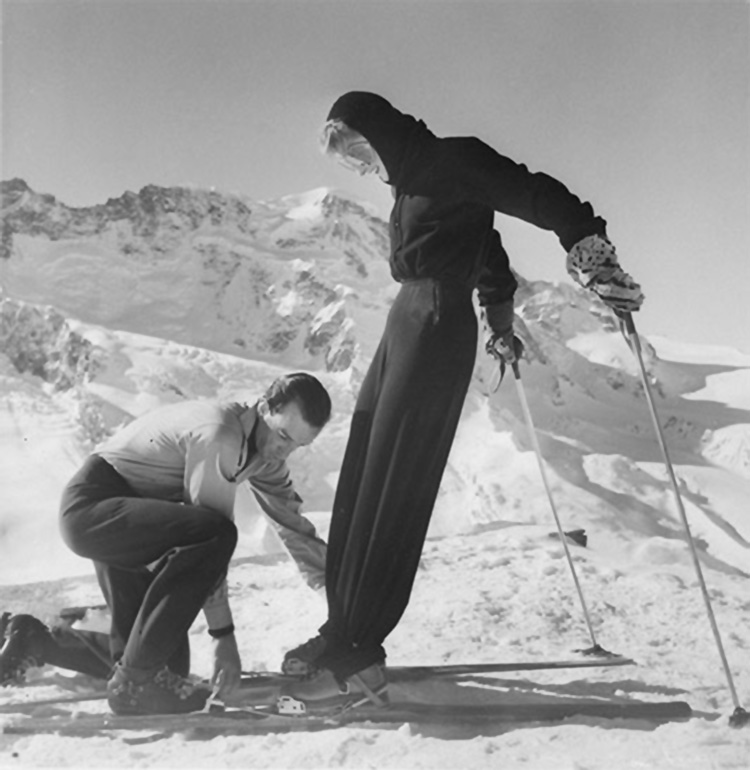 Ski outfit made by Emilio Pucci captured by Harper’s Bazaar Photographer Toni Frissell.
Ski outfit made by Emilio Pucci captured by Harper’s Bazaar Photographer Toni Frissell.
Key Success Factors:
Pucci personified the 1950s Florentine chic, with his vivid colour, psychedelic colour composition and swirls. He had an impeccable understanding and use of colour, and a unique symbolic language that has established Pucci as a brand. He was not just creative, but also very intellectual when it came to designing. He had an ability to place patterns in the correct proportions, without having had any training for it. He is said to go through days and weeks before selecting the right colour and pattern for his design, only picking 16 colours out of a palette of 80.
 Models on the roof of Palazzo Pucci in Florence, wearing the Spring/Summer 1967 Collection
Models on the roof of Palazzo Pucci in Florence, wearing the Spring/Summer 1967 Collection
Photo credit: Emilio Pucci Archive
